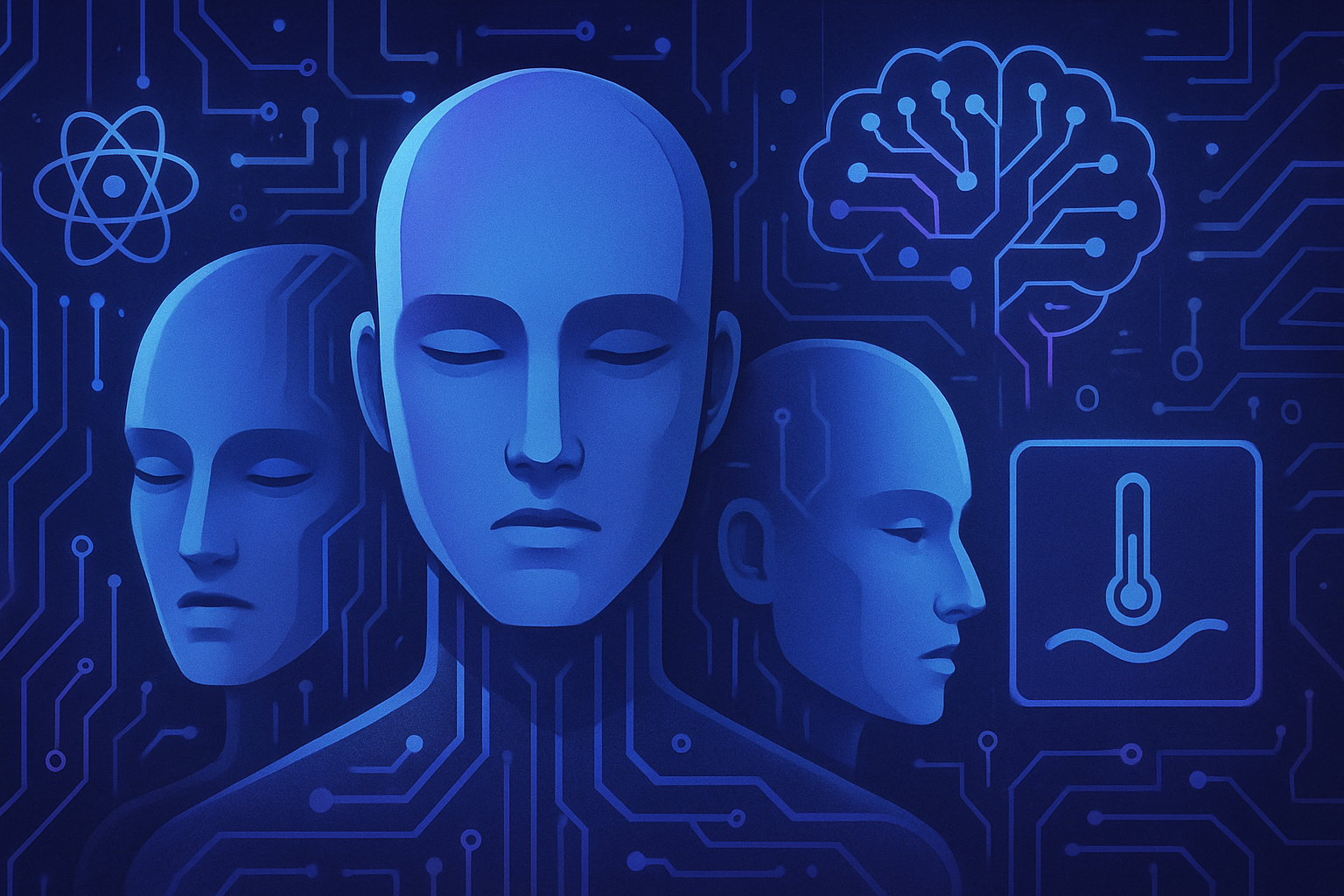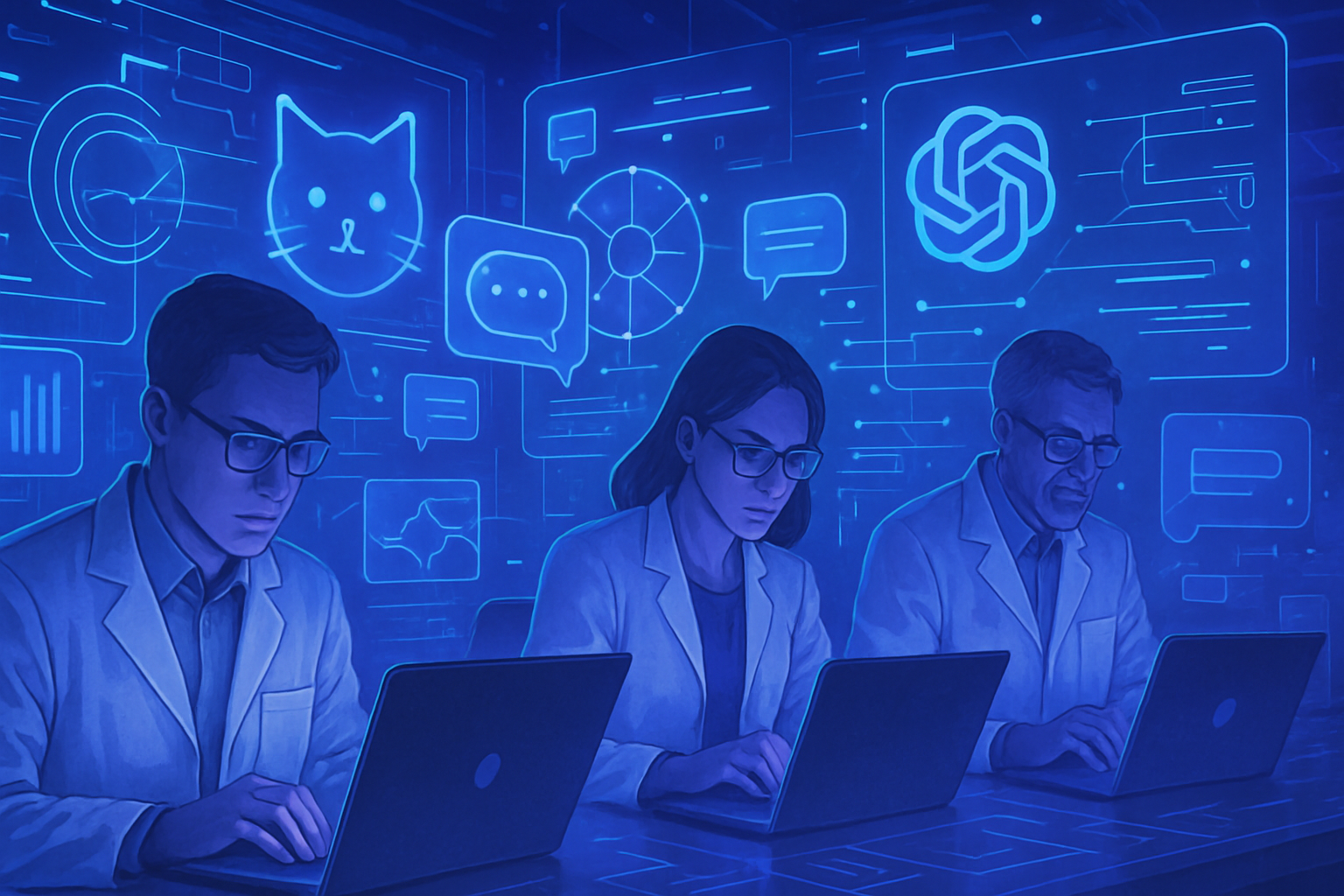Transforming dialogue in the healthcare sector has become a critical issue on a global scale. Poor communication between patients and practitioners compromises clinical outcomes and leads to systemic frustrations. Improving this communication requires an innovative integration of artificial intelligence, thereby redefining medical practices. The challenge lies in overcoming the linguistic and cultural barriers that hinder a shared pursuit of well-being. Adopting *interdisciplinary* approaches propels this sector towards viable long-term solutions. Medical *dialogue* must no longer be limited to a conventional exchange, but transform into an informed and inclusive conversation.
Communication within the healthcare sector represents a significant challenge, both for practitioners and patients. Communication gaps can negatively impact health outcomes and impede the necessary advancements in medical practices. The Language/AI Incubator, supported by the MIT Human Insight Collaborative (MITHIC), aims to address these delicate issues.
Interdisciplinary Collaboration
This initiative embodies a commitment to unite diverse expertise to deepen our understanding of the effects of generative AI on multicultural and multilingual communication. Researchers in humanities and social sciences, as well as healthcare practitioners, collaborate to forge a more effective dialogue between doctors and patients.
Effective Communication is essential in medical practice. Dr. Leo Celi, co-leader of the project, emphasizes that the knowledge system in healthcare is deficient. He states, “The foundation of healthcare delivery rests on knowledge of health and disease.”
Impact of AI on Medicine
With the advent of large language models (LLMs), their applications are expanding into sectors such as healthcare. Research conducted by the MIT computational physiology lab notes the need for a nuanced approach when designing intelligent systems. Dr. Rodrigo Gameiro insists on the complexity of language and its role in medical treatment.
Linguistic and Cultural Barriers
Pain measurement tools, often used by English-speaking professionals, show limitations across cultures. Pain scales, such as emoticons or scales from one to ten, may not be equitably shared among different ethnic and linguistic groups. This disparity underscores the need to design AI systems that take cultural diversity into account.
Ethics and Education in the Healthcare Sector
Ethical challenges stem from a concern for precisely framing medical questions. Equal access to information and care remains a central concern. Celi expresses the idea that “science must have a heart”; it cannot afford to ignore human perspectives and divergent experiences.
The Voice of Communities
It is vital to include the communities served in the development of healthcare programs. Community advocates can provide their perspective, allowing for a better understanding of patient needs within this transformation. The dialogue between healthcare professionals and linguistic educators remains essential for reducing communication gaps.
Future Perspectives
The Language/AI Incubator explores avenues to rethink the relationship between technology and care. Conferences, such as the one led by Dr. Mena Ramos, highlight the importance of an informed dialogue, where each voice contributes to shaping a better future. Enhanced collaboration between social sciences and hard sciences can pave the way for innovative solutions, thereby reducing biases and misunderstandings.
Collective reflection on human interactions in the face of digital tools must be encouraged. The questions raised by researchers emphasize: “What language are we modeling?” and “What varieties of discourse are included or excluded?” These inquiries open the door to rich and diverse perspectives.
Common Questions
How can artificial intelligence improve communication between doctors and patients?
Artificial intelligence can help create tools that facilitate communication by offering digital frameworks, allowing doctors to better understand patients’ concerns while considering various cultural and linguistic contexts.
What challenges are associated with the use of AI in medical dialogue?
Challenges include the need to design AI systems that take into account linguistic nuances and the dynamics of power between doctors and patients, to prevent these tools from becoming barriers rather than aids.
Why is it important to reduce communication gaps in healthcare?
Reducing these gaps is essential for improving patient outcomes, as clear and effective communication can lead to more accurate diagnoses and more appropriate treatment.
How can we ensure that AI does not introduce bias in medical communication?
To avoid bias, it is crucial to engage social scientists in the development of AI, to ensure that systems account for a variety of user perspectives and contexts.
Why is ongoing education for healthcare professionals important for transforming dialogue?
Ongoing education allows healthcare professionals to adapt to technological changes and better understand the impact of AI tools on their practices and on the patient relationship.
What roles do communities play in improving dialogue in healthcare?
Communities must be involved in health conversations to allow for a better representation of their needs and aspirations, which can enrich medical practice and health policies.
How can metaphors affect communication about pain in a medical context?
Metaphors are essential for expressing pain experiences, but they may not be understood in the same way across different cultures, making their use critical in medical dialogue.
What cultural aspects should be considered to optimize communication between doctors and patients?
Strong>cultural aspects such as values, beliefs, and perceptions of authority should be taken into account to ensure that the dialogue is respectful and effective.
How can we measure the effectiveness of AI in health dialogue?
To assess the effectiveness of AI in medical dialogue, indicators such as patient satisfaction and diagnostic accuracy can be used, based also on feedback.
What recommendations can you make to involve patients in their own treatment?
Encouraging patients to ask questions, express their concerns, and actively participate in their treatment plan helps strengthen communication and improve health outcomes.






